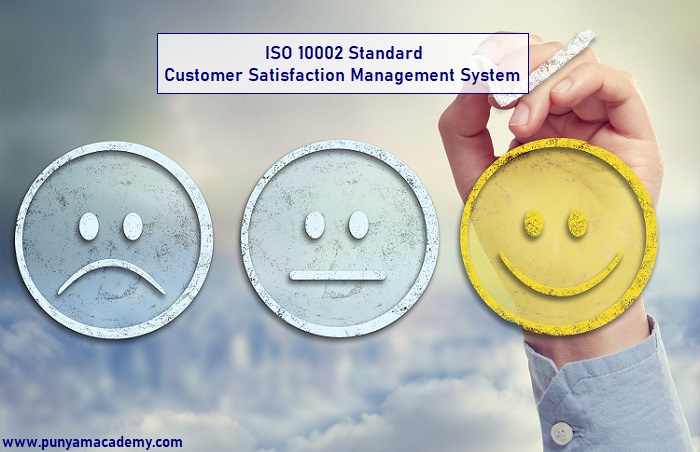ISO 10002 customer satisfaction management system is an ISO standard for measuring and analyzing customer satisfaction, and it actively works with customers' recommendations and complaints to benefit both the organization and the consumer. The expansion of organizations that are growing daily basis and operating in every industry has increased competitiveness. The concept of "customer" became significant as a result of this competition. Companies should consider the positive and negative feedback from their clients to differentiate themselves from competitors, sustain their existence, and move their positions too much better places. The ISO 10002 customer satisfaction management system standard provides organizations in evaluating these returns, make changes, and develop solutions in response to complaints. This means that the ISO 10002 certification is an essential opportunity for the business's ongoing and sustainable growth.
Any business may receive complaints for several numbers of different reasons, but the organization should not overlook these complaints. The ISO 10002 customer satisfaction management system, which is thorough and systematic, is the greatest solution to this problem. In 2004, ISO published the ISO 10002 standard. Then, in 2006, TS ISO 10002 became effective in Turkey, and it was finally revised in 2018.
Most of us nowadays are aware of the fact that the higher the quality of a brand's products, the higher the consumer satisfaction percentage. Yet, customer dissatisfaction and customer loss can ruin a brand's reputation. Regaining a lost sense of dignity and trust can take a lot of work and money. ISO 10002 customer satisfaction systems must be established and well-managed to avoid these issues and damage to the brand. ISO 10002 customer satisfaction system is a customer and business-oriented standard that gives the business a professional impression. The fact that the company listens to and examines customer complaints demonstrates that it values its customers and will stand behind its product or service until the end. At the same time, building and operating the ISO 10002 customer satisfaction system represents a significant investment in the enterprise's growth into an organization. As a result, most firms fail to meet the following customer service problems:
- They are unable to answer a (prospective) customer’s questions – According to research, 55 percent of customers who intended to buy a product backed out because they did not receive a sufficient solution to their question.
- Getting a human CSR (customer service representative) to answer a call – Customers hate listening to pre-recorded messages and navigating a maze of options in an IVR (Interactive Voice Response) system before speaking with a human customer service representative.
- CSRs are not equipped with the right tools – Customers may become irritated if you search for their information during service calls, use clumsy tools, or inquire about the data you already have. Using the appropriate software and teaching your CSRs how to use it effectively is crucial. For instance, implementing visual engagement technologies gives the support staff proper communication training to easily communicate with clients in real-time, share screens, visit client websites, and take appropriate action to ensure a speedy resolution.
- Understand the customer requirement and speak in their terms – Consumers might not always be familiar with all the technical terms and features that go along with your product's features. As a result, customers are unable to describe the problems they have with your product. CSRs are instructed to empathize with clients while they speak. They can also swiftly react to inquiries by referring to a set of FAQs and answers.
- The customer service workflow is not in-line with the customer journey – A customer journey map represents the processes a customer takes when interacting with your business, from purchasing to after-sales support. CSRs must provide enough help at each stage (touchpoint) of the customer experience.
- Handling angry customers during a crisis – Angry clients are unavoidable, and CSRs should be prepared to handle confrontations or issues. To deal with unhappy customers, precise procedures and tactics must be followed. Disney's HEARD method is one such example (Hear, Empathize, Apologize, Resolve, Diagnose).
- Exceed customer expectations – Exceeding expectations is the key to happy consumers and customer loyalty. And client expectations alter regularly. You can remain ahead of your consumers and exceed their expectations by keeping your CSRs informed of client feedback and market developments. Customer input and ongoing review of that feedback will surely contribute significantly to customer happiness and business success. This is accomplished through the use of best practices and defined processes.


No comments yet